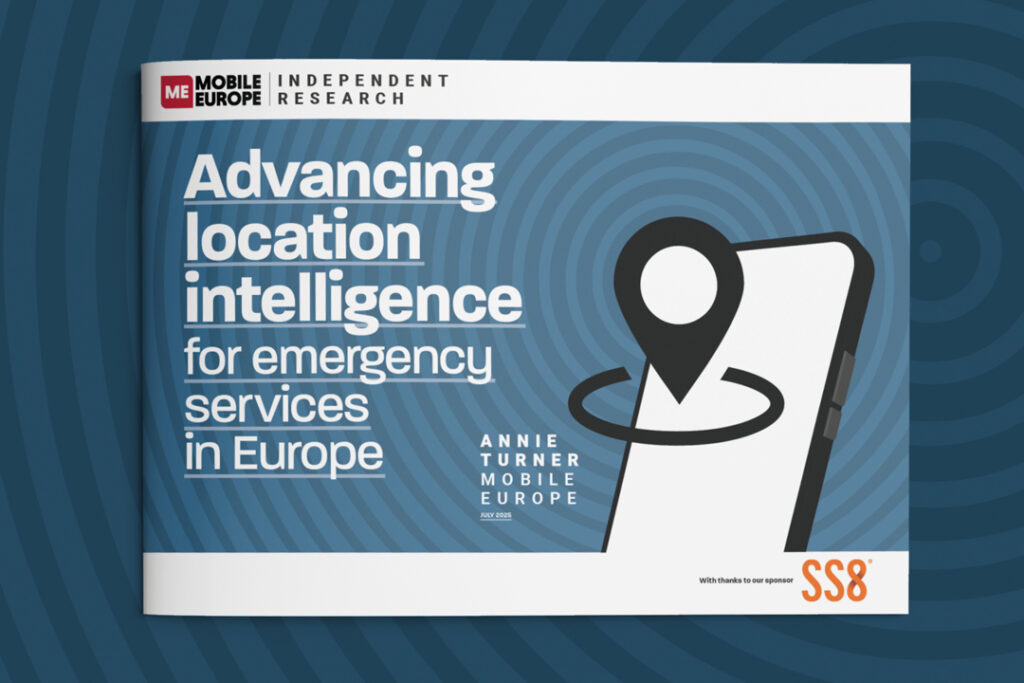Network APIs, network slicing, and RedCap have driven multi-access edge computing up 17%
Market analysts Dell’Oro have come to the conclusion that the 5G super-tanker is for now – ignoring the current geopolitical tensions – showing signs of turning around as operators continue to commit to 5G Standalone (SA) networks. The global 5G mobile core network (MCN) market is projected to grow at a 6% compound annual growth rate (CAGR) 2024-2029.
Dell’Oro puts this acceleration largely down to the increasing adoption of 5G Standalone (SA) architecture. In parallel, the multi-access edge computing (MEC) market is expected to expand at a much faster 17 percent CAGR, fuelled by the rollout of dynamic network slicing, Reduced Capability (RedCap) devices and the rise of network APIs aligned with GSMA’s Open Gateway initiative.
AI and slicing driving demand
The Global Mobile Suppliers Association (GSA) seems to back up Dell’Oro’s vibe as well. GSA’s tracking of early adoption (5G‑Advanced) supports the narrative of evolving core capabilities, tying back to Dell’Oro’s view of AI and slicing demands pushing SA networks forward. In May 2025, GSA released a report on 5G‑Advanced (Release 18) showing that 26 operators in 15 countries are investing in 5G‑Advanced networks. In addition, 5 modems and 75 devices are already compatible with Release 18, signalling early ecosystem activity.
To top it off, GSA announced the creation of a 5G RedCap SIG to streamline ecosystem development and adoption, bringing together industry heavyweights like Ericsson, Huawei, Qualcomm, Intel, MediaTek, and VIAVI.
“Our forecasts are primarily driven by subscriber growth rates and the usual subscriber behaviour, and for the 5G MCN segment, our current projection is at a 6 percent CAGR,” said Dell’Oro research director Dave Bolan. “However, the emergence of Generative AI and Agentic AI, especially with increased data traffic and expectations for continuous, low-latency connectivity, may eventually require expanded network capacity, which could push the growth rate even higher.”
“Agentic AI is also the key to reaching L4 autonomous networking, which could dramatically reduce operational costs for Mobile Network Operators (MNOs),” he said. “MEC is expected to grow at a 17 percent CAGR due to the convergence of several key developments.”
He added: “Dynamic network slicing is enabling on-demand performance enhancements, RedCap is helping reduce the cost and complexity of IoT device connectivity, and the GSMA’s Open Gateway initiative…is rapidly gaining momentum. Seventeen APIs have already been defined, with support from 72 MNOs worldwide.”
Bolan pointed out that vendors are actively building and marketing Open Gateway-compliant solutions, further accelerating MEC adoption and ecosystem expansion.
IMS core also boosted
Beyond MEC, Dell’Oro argued that as 3G networks shut down, circuit switched core networks must be upgraded to IMS Core to maintain voice calling on 4G networks. The analysts are now estimating that the IMS Core/Voice Core cumulative revenue (2025-2029) will increase by 9 percent compared to their previous forecast.
They now also estimate 70 MNOs have deployed 5G SA networks in 39 countries/territories. In 2025 alone, five new 5G SA networks were launched, including Orange in France, Romania, and Slovakia; Vodafone in Spain, and O2 in the Czech Republic. Regionally, Dell’Oro counts five networks in North America, 26 in Europe, seven in the Middle East and Africa, 13 in Northeast Asia, 13 in Southeast Asia, and six in Latin America.
Many MNOs already offer 5G SA for enterprises and fixed wireless access, but have not yet opened the 5G SA network to consumers; however, they are expected to do so soon. They include MNOs such as Bouygues Telecom, O2 Telefónica, and SFR in France, Bharti Airtel in India, 3 in Ireland, Sunrise in Switzerland, and AT&T and Verizon in the US.


![Ericsson 5G Advanced hero image_graphic_5464_3070_web[27] Cropped](https://www.mobileeurope.co.uk/wp-content/uploads/2025/01/Ericsson-5G-Advanced-hero-image_graphic_5464_3070_web27-Cropped-696x464.jpg)
